Technology - it’s at the forefront of our society. Everywhere one turns, there’s technology. From the rise of smartphones and social media to teleconferencing from home for work and organizational matters, placing focus on technology is important yet unavoidable at the same time. This goes for learning as well; in order to keep up with the times, building learning ecosystems through online learning platforms such as learning experience platforms (LXP) is necessary for supporting all learners; bridging the gap and connecting the more experienced learners to those newcomers to the profession.
While e-learning has been on the rise for quite some time, the COVID-19 global pandemic has brought attention to the importance and effectiveness of online instruction. Unfortunately, not all electronic learning is created equally, but Safety Mentor’s LXP services are designed with learners in mind, providing learning ecosystems that facilitate growth and community.
What are Learning Ecosystems?
By loose definition, learning ecosystems are made up of a variety of tools, technology, people, culture, and strategy that are utilized in the management and delivery of online and blended training programs. Organizations that develop successful learning ecosystems for their employees or trainees do so by analyzing the effectiveness of different instructional strategies and tools in order to adapt and shape curriculum and delivery methods for the future.
As discussed in our article “What is an LXP?” learning experience platforms encourage collaborative learning, allowing learners to upload and share useful materials related to the course topic. The interactivity that an LXP fosters is conducive to creating a successful learning ecosystem.
According to the Fors Marsh Group (FMG), there are three main steps to crafting a learning ecosystem. These include:
● Assessing Assessment is a major part of creating a thriving learning environment. Imagine taking a course on a subject you have no background knowledge of, and being given materials that are considered advanced for the subject. One would most likely feel defeated after trying to grasp the meaning behind the content. That’s why assessing your materials and tools compared to the capabilities of the learner is imperative to helping each learner glean valuable information that will help them grow.
● Planning: Once assessment of the learning environment has taken place, then planning begins. Online training geared toward adult learners needs to be composed of different types of options that can be shaped around the needs of the individual. Not everyone learns the same; the material in your online instruction needs to address that. The planning phase allows course creators to account for the needs of the learner before initiating the course.
● Acting: After assessing and planning, online learning course creators must act on outlining and creating a class that can change shape with the needs of the learners as well as with the changes in technology that are inevitable to happen over time.
Learning ecosystems developed within an LXP are flexible, unlike the rigidity of a learning management system (LMS) that only allows administrators to add and change course content. Online courses that are crafted with collaborative learning in mind will provide much more benefit to the learner and course creators. Course creators are able to glean more useful information about the effectiveness of classes based on learner feedback and can use the tools and resources added by individual learners in order to craft future courses and facilitate positive learning ecosystems.
Have questions? Contact Safety Mentor today about how our LXP services can help your organization grow.





